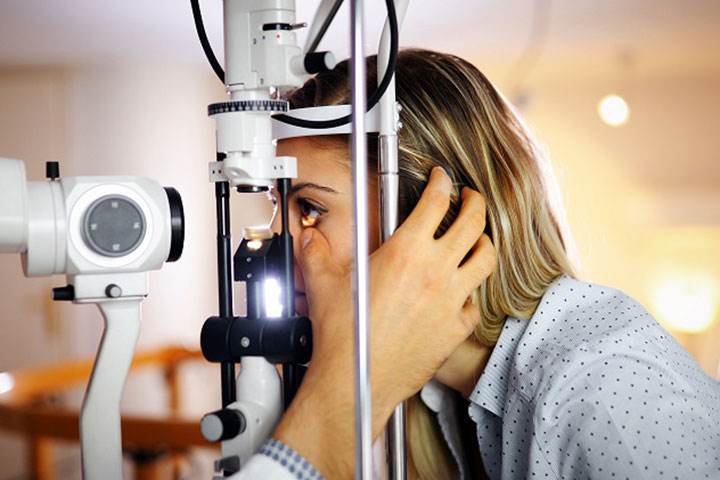The dry eye syndrome develops when the eyes are not able to produce enough tears, which gives the condition its name. If you are suspecting you have the condition, you need to visit an eye doctor and may even need dry eyes surgery, depending on the condition. However, before going to an eye doctor, here is a brief about dry eyes that you should know,
The Dry Eyes:
What keeps our eyes healthy is the consistent layer of tears that cover the surface of the eye and keep it
safe and comfortable. A lack of moisture on the eye surface can result in insufficient lubrication and eventually lead to eye irritation. There are various symptoms of dry eyes, and these include itchy eyes, heavy eyes, red eyes, sore eyes, and aching sensations. There is a contentious sensation of burning and dryness. Thankfully, the condition of dry eyes can be cured with effective treatment options.
Dry Eyes after Lasik Surgery:
For those who have undergone Lasik surgery may develop the condition of dry eyes. Research shows that more than half of the patients, who undergo LASIK, develop dry eyes after the procedure. These symptoms can persist for weeks and months after the surgery. However, it is also observed that many of those who opt for LASIK already have dry eyes because of the regular use of contact lenses. The screening for LASIK can help with eye detection and treatment, and one should go for a LASIK consultation. During the LASIK surgery, the corneal sensitivity reduces as the LASIK rays lead to some corneal nerves to get cut and thus leads to the dry eye syndrome.
Treatment and Prevention of Dry Eyes:

In some cases, eye doctors may recommend behavioural modifications such as taking breaks from the computer to control the dry eye symptoms. The doctor might recommend some eye medications that can the eye to secrete more tears and control the dryness and irritation in the eye. Your ophthalmologist may also suggest massaging of the eyelids, placing warm compresses on the eyes, and using some eyelid cleaners. Prescription medications are used to treat eyelid inflammation, or you may even be given antibiotics. Eyedrops can help to control the cornea inflammation. There are other procedures that are also used to treat dry eyes. At times for some serious cases, dry eyes surgery is also suggested. Some treatments focus on managing the condition by improving the tear quality.
As they say, prevention is always better than cure, and hence one can follow some tips to lower the risks of dry eyes. For example, during winters, one can use a humidifier to add moisture to the air and keep away from very warm rooms. It is always better to wear wrap-around glasses when in a windy area. Discuss with your ophthalmologist and ask him if you can add omega-3 fatty acids to your diet or take dietary supplements. Use thick eye drops in case you suspect dry eyes symptoms and use them daily just before going to bed. If you take good care of your eyes, you will lower the risks of developing dry eyes.
The dry eyes surgery is a safe procedure to cure the condition. However, the patient needs to be screened to ensure that he or she is a right candidate for dry eyes surgery. Older age, allergy to medications, living in very dry climates are some of the common determinants of dry eyes. The doctor may close the tear ducts to lower the tear loss or plug the tear ducts with tiny silicone plugs during the dry eye’s surgery.
Kiera Peterson.





















